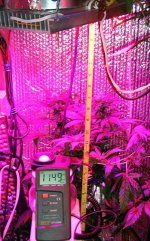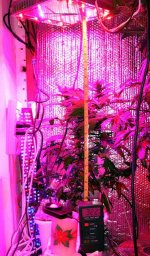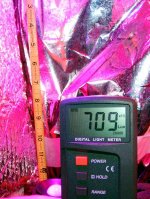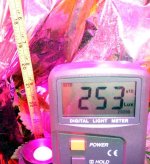G
guest456mpy
knna,
Please, continue with any explanations you feel are needed. As you have correctly stated background theories are needed before discussions begin and practical applications formulated. I think that we are in agreement with all of this. Pragmatism doesn't discount theories and science. It only asks that they be tested by experience.
How do you feel about the wording of rule 1, what (if anything) would you change?
H.G.
Please, continue with any explanations you feel are needed. As you have correctly stated background theories are needed before discussions begin and practical applications formulated. I think that we are in agreement with all of this. Pragmatism doesn't discount theories and science. It only asks that they be tested by experience.
How do you feel about the wording of rule 1, what (if anything) would you change?
H.G.










